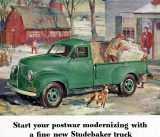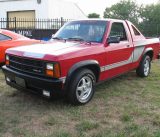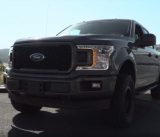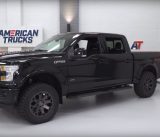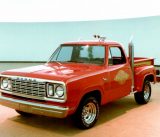Many claim the Thunderbird was Ford’s answer to the Corvette. They’d be wrong. The Ford Thunderbird was sporty, yes, but a roadster sportscar, it was not. No, the Thunderbird was something entirely new – subtleties and careful craftsmanship made the Ford Thunderbird the first personal luxury car in the U.S.
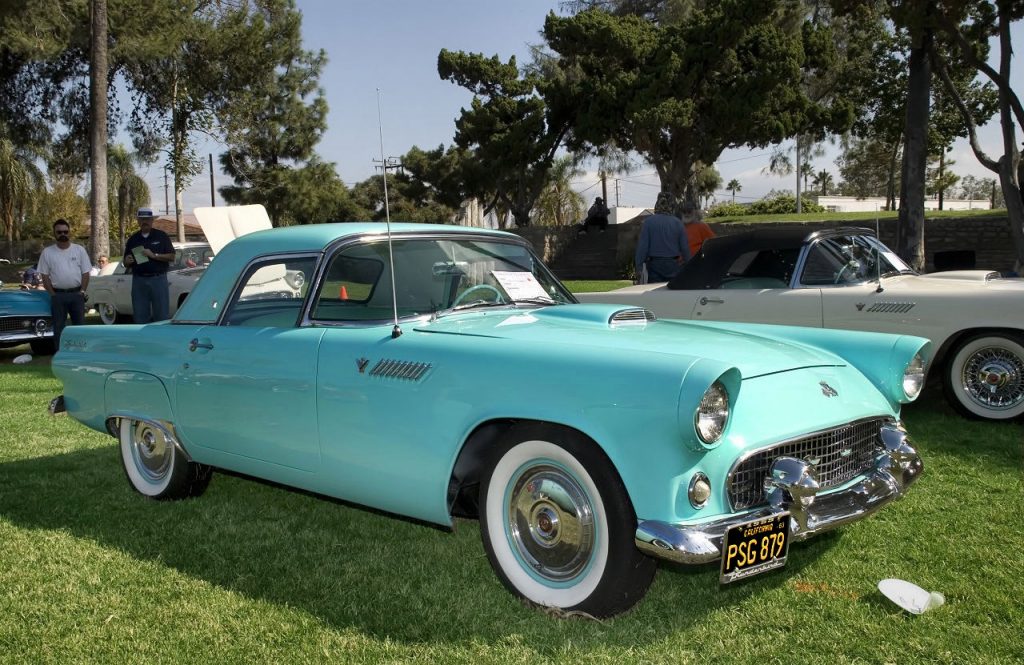
The Ford Thunderbird was America’s first personal luxury car
So, what is a personal luxury car? We can look at any Rolls-Royce or or Maybach to find the answer: It’s a Veblen oxymoron, a car that generates greater demand as its price (and perceived luxury and exclusivity) increases. Coming from Ford, the Thunderbird was an interesting, even risky foray into a market previously commanded by European grand tourers. Part of the personal luxury car’s definition dictates style over practicality, but the Thunderbird was surprisingly logical.
America’s First Personal Luxury Car
Introduced in 1955, the Ford Thunderbird was a sporty two-seat convertible, a transcendent design of the Ford Vega Concept, an idea spawned by Henry Ford II. Ford II wanted to create an American equivalent of European sportsters, though the Vega was too Euro in design (and cost). Just one was made, and it garnered meager interest. The more-American, more-luxury Thunderbird got it right.
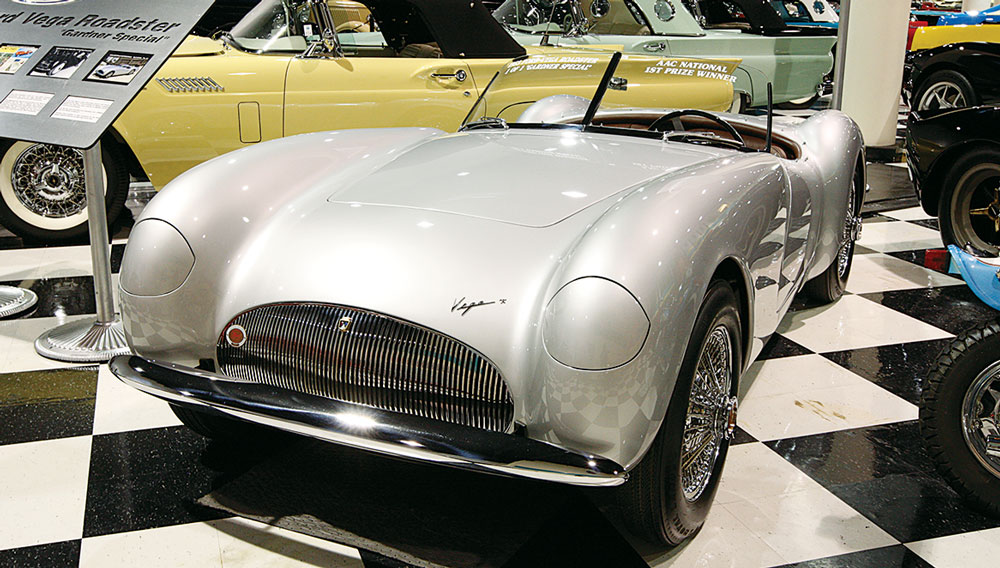
The Thunderbird did what the Vega failed to do: Compete against European luxury roadsters with an American image
The T-Bird was all about features and not so much sport. Its convertible soft top stowed nicely beneath a hydraulically controlled decklid panel (no cover boot needed, like those economy convertibles of peasantry). The result was a swooping rear end with aerospace-like chrome bits, fighter jet-inspired tails, and clean, flush lines.
Inspired by 30’s Noire (And Henry Ford II)
Removable fender skirts, broad, chrome bar bumpers, and long, curvaceous lines drew inspiration from 1930’s 2-seat roadsters – the very niche, lost market the Thunderbird intended to recapture. It did so quite well, with brisk sales following its debut on February 20th at the Detroit Auto Show. 10,000 models were planned for production in 1955, though over 16,155 sold.
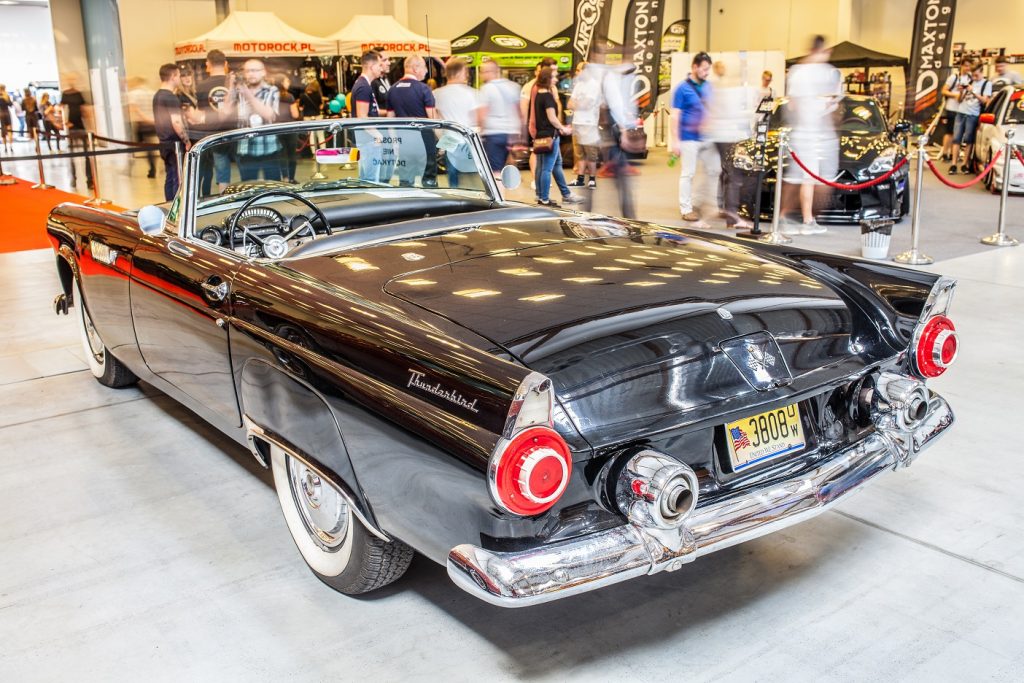
The Thunderbird’s soft top stowed cleanly underneath its hydraulic rear decklid panel
Moderate power was provided (193 horses and a robust 280 torques) by Ford’s 4.8L OHV V8. Ford couldn’t keep away from the allure of power, optioning the larger 5.1L V8 in 1955 with an available McCulloch supercharger that offered up 340 horses.
Thunderbird Spawned Many Industry Firsts
But power wasn’t the selling point, here – it was all about features and unique, even eccentric comfort, and the Ford Thunderbird did not disappoint. Nostalgic, polished porthole windows added to hardtop models provided rear-quarter visibility, and “Dial-o-Matic” 4-way power seats were made available in 1957. These powered seats even moved back amd allowed for a cushy, easy entry and exit – something even current luxury saloons don’t always offer.
The first ever “swing-away” steering column was included in 1961. This allowed the Thunderbird’s distinguished driver to simply sway the steering wheel over to the right, making more room for entry in complement to the Dial-o-Matic seats, was akin to a butler’s courtesy. Aesthetically, the Thunderbird did not disappoint: A beautifully machined and polished bezel wrapped around the entire dash, mating up with the bezel on each door for a seamless, flowy finish.
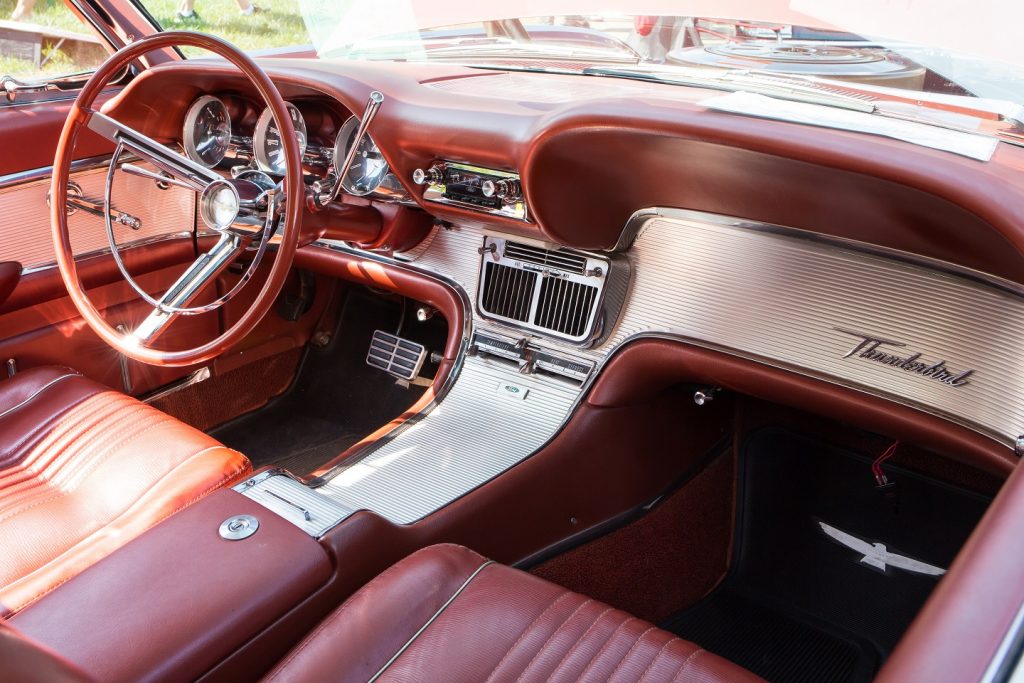
The Thunderbird’s interior captured a luxury feel and offered plenty of comfort
Coupled with plenty of chrome embellishments, all-season climate control, a volume-adapting radio, and increased storage, the Thunderbird quickly became a favorite for Americans seeking a home-built grand touring car. The Ford Thunderbird would go on to win numerous Motor Trend awards across its eleven generations and nearly half-century of production.

